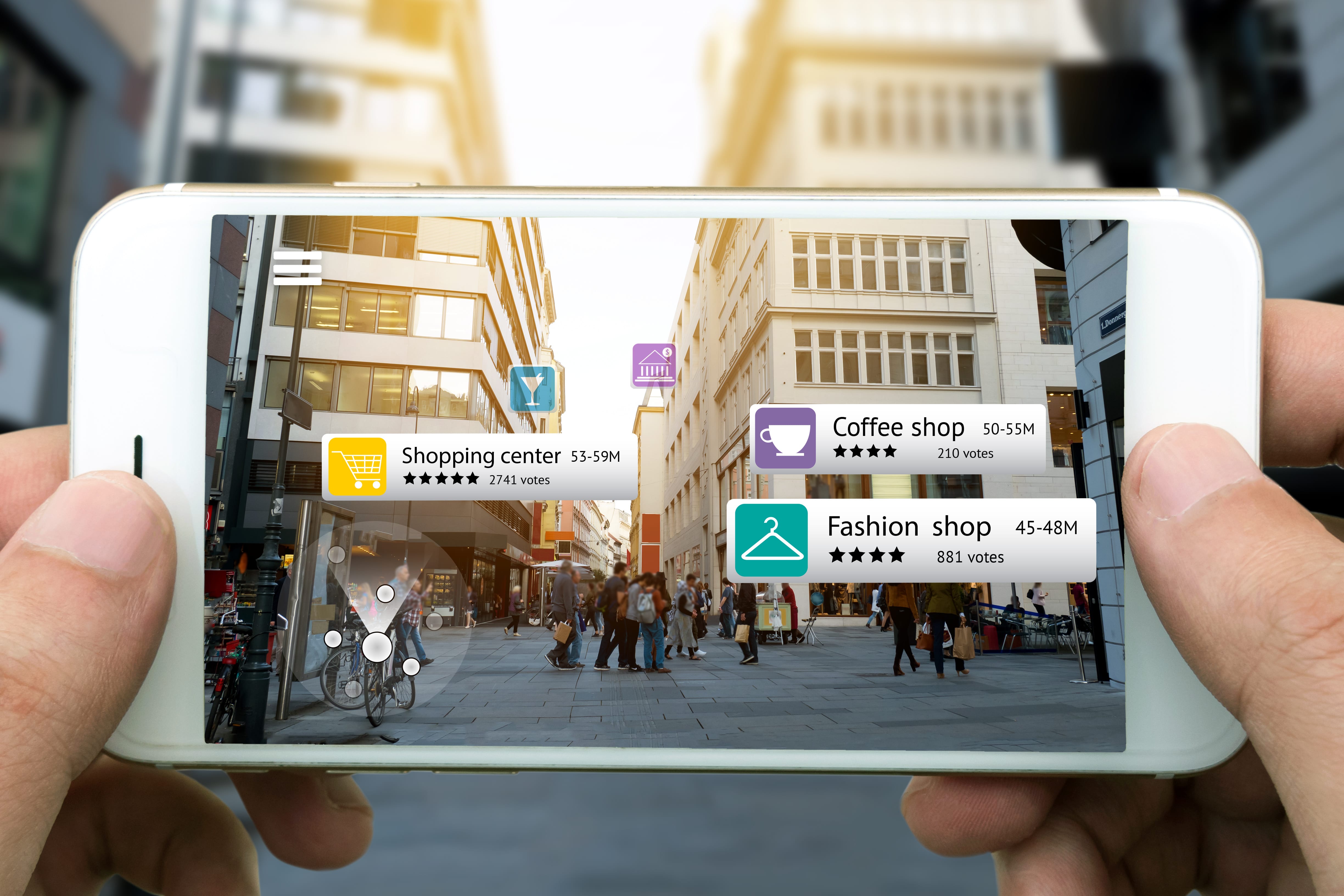Ever since technology reached a phase where computers are utilizing algorithms to nearly mimic human behavior, ideas like virtual reality and artificial intelligence have gained momentum. The only problem, however, is that many people seem to use these terms interchangeably. It is not uncommon to read an article that is discussing the latest benefits of virtual reality while the product that is actually being debated is augmented reality. To better learn about all the benefits that each of the revolutionary innovations brings, one must first get to know the main differences between them.
Virtual Reality
In its most simplistic, watered-down explanation, virtual reality is the use of computers to create the so-called “stimulated” environment. This implies that the technology will be used to completely alter the current surroundings of someone and take them to a brand new world. That is why a lot of video games are created using virtual reality principles.
One of the most popular offsprings of this market is Oculus. It is a headset that covers one’s eyes and showcases them an alternative reality depending on the preselected scenario. In the real world, virtual reality has not yet grown beyond the basic notions of video games and TV shows.
Artificial Intelligence
Unlike the previous concept, artificial intelligence (AI) does not create any type of distorted reality. What it does, however, is based on turning computers into human-like assistants that are able to fully comprehend questions asked. One of the best examples of this industry is Apple’s Siri. Moreover, since artificial intelligence operates on highly-advanced programming, many companies have already started using it as a part of their customer success software.
This means that businesses will resort to this technology to help them comprehend complicated supply-demand issues, predict upcoming trends, and more. Knowing how important customer success is to long-term revenues, artificial intelligence is already making an impact on companies’ profitability. Other examples of AI include automobiles produced by Tesla, Amazon smart speakers, and a few more that have not gotten as popular as the aforementioned.
Augmented Reality
The idea of augmented reality is most commonly mistaken for that of virtual reality. Although both of these technologies operate by adding or altering the world as we know it, there are some very obvious distinctions. For one, augmented reality does not completely remake the world to the extent that video games do. On the contrary, it combines the real with the added.
For example, augmented reality would be most easily shown by some of the latest furniture stores that are making it possible to place an item in the middle of someone’s home through the screen of their phone. This is a bridge between actual homes, which represent the reality, and the couch that is implemented as if it is a part of that home already. Another applicability of this concept pertains to customer success platform where it interprets Big Data to generate the necessary analytics.
Common Denominator
Even after one realizes that all three of these technological advancements are different from one another, they can easily notice that the bottom line of them all is to make life better. First, virtual reality is pushing the limits of what people thought would be possible to create in terms of authenticity. Then, artificial intelligence is facilitating cars that may be able to drive without drivers and devices that can serve as assistants. Not to forget that augmented reality is bringing the best of both worlds and altering reality to the extent of someone’s predetermined input. With combined efforts of these three, it would not be a surprise to live in a brand new environment in the near future.
